
Course Introduction:The s and tags in HTML are used to create content areas that are hidden by default and expanded after clicking; 1. It is a content container, which is closed by default, and the open attribute can be expanded by default; 2. It must be nested as a trigger title, and the browser will automatically add clickable arrows; 3. Common uses include FAQ pages, collapsed menus and saving page space; 4. When using it, please pay attention to compatibility issues and style adjustments that should not affect clickability.
2025-06-28 comment 0 973
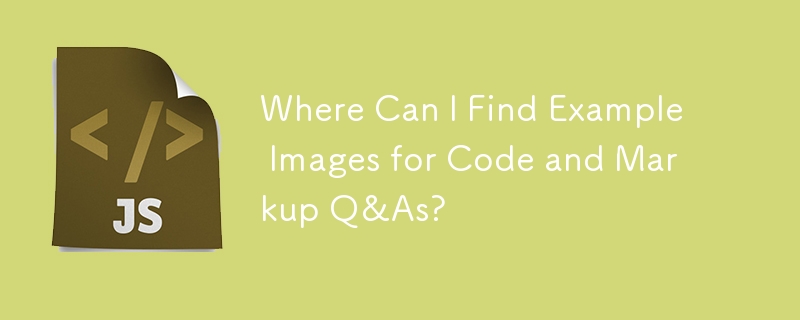
Course Introduction:Example Images for Code and Mark-up Q&As [closed]When preparing an MCVE/SSCCE that involves images, having access to sample images can be...
2024-12-20 comment 0 490
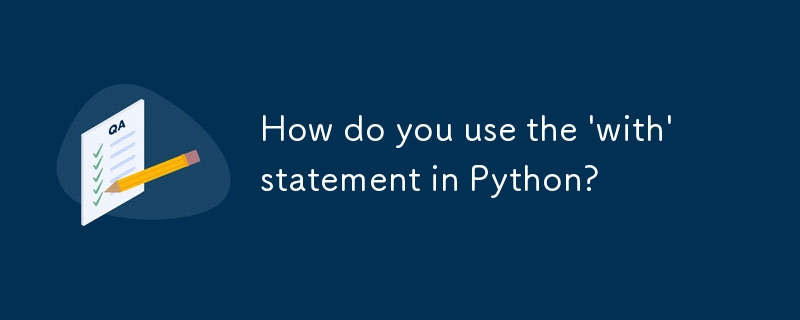
Course Introduction:The with statement solves resource management problems by automatically releasing resources. It ensures that resources such as files, network connections or locks can be properly closed even if an exception occurs after use, and avoids memory leaks or file locks that may result from manual call to close(). 1. There is no need to close manually when processing files with, and it can still be closed safely when an error occurs; 2. It can be used for any object that supports context management, such as thread locks, to ensure that the lock is released after the block is over; 3. Supports custom context managers, implemented through classes or contextlib modules; 4. It should be used when processing resources that need to be explicitly cleaned, making the code more concise, safe and easy to maintain.
2025-07-10 comment 0 692

Course Introduction:Verifying HTML tags is important because it improves browser compatibility, SEO optimization, and post-maintenance efficiency. Common errors include labels that are not closed, attribute values are not quoted, nested errors, etc. They can be checked and fixed through W3C online tools, editor plug-ins, CI process checking and browser developer tools. The verification goal is to ensure that the code structure is reasonable rather than pursue full marks, and partial compromises can be accepted if necessary.
2025-07-16 comment 0 588

Course Introduction:This article aims to help SQLAlchemy beginners resolve the "RemovedIn20Warning" warning encountered when using create_engine and the subsequent "This Connection is closed" error. The article will analyze the causes of warnings and provide solutions to remove warnings. At the same time, we will explore the nature of connection closing errors in depth and provide corresponding code correction suggestions to ensure that the SQLAlchemy code can be executed correctly.
2025-08-05 comment 0 245
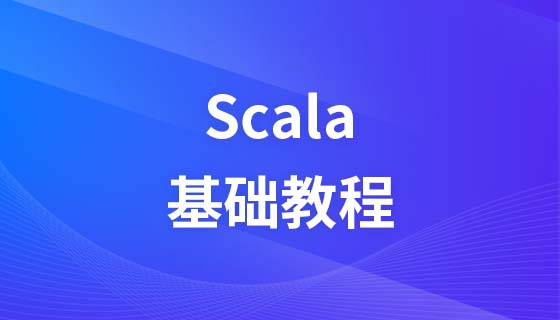
Course Elementary 13825
Course Introduction:Scala Tutorial Scala is a multi-paradigm programming language, designed to integrate various features of object-oriented programming and functional programming.
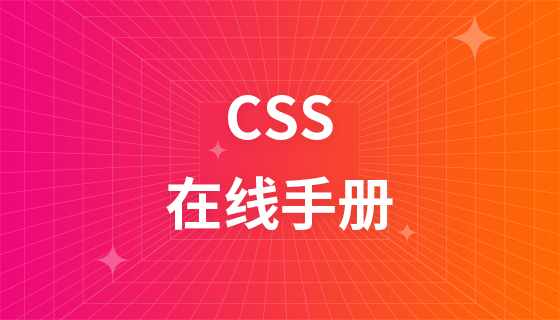
Course Elementary 82365
Course Introduction:"CSS Online Manual" is the official CSS online reference manual. This CSS online development manual contains various CSS properties, definitions, usage methods, example operations, etc. It is an indispensable online query manual for WEB programming learners and developers! CSS: Cascading Style Sheets (English full name: Cascading Style Sheets) is an application used to express HTML (Standard Universal Markup Language).
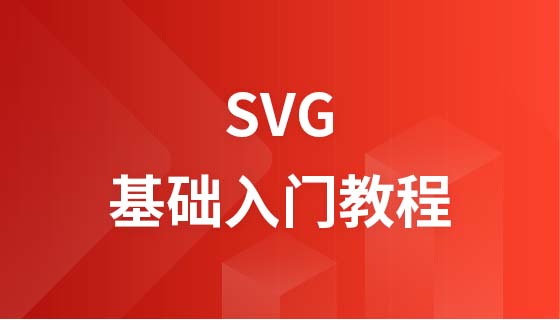
Course Elementary 13182
Course Introduction:SVG is a markup language for vector graphics in HTML5. It maintains powerful drawing capabilities and at the same time has a very high-end interface to operate graphics by directly operating Dom nodes. This "SVG Tutorial" is intended to allow students to master the SVG language and some of its corresponding APIs, combined with the knowledge of 2D drawing, so that students can render and control complex graphics on the page.
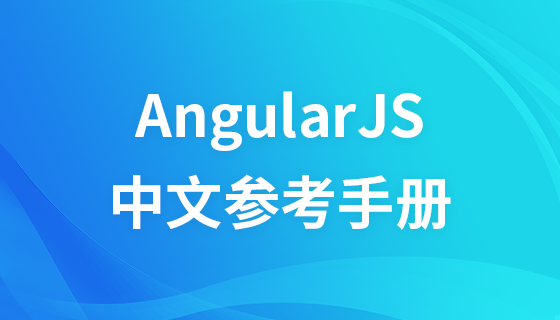
Course Elementary 24630
Course Introduction:In the "AngularJS Chinese Reference Manual", AngularJS extends HTML with new attributes and expressions. AngularJS can build a single page application (SPAs: Single Page Applications). AngularJS is very easy to learn.

Course Elementary 27490
Course Introduction:Go is a new language, a concurrent, garbage-collected, fast-compiled language. It can compile a large Go program in a few seconds on a single computer. Go provides a model for software construction that makes dependency analysis easier and avoids most C-style include files and library headers. Go is a statically typed language, and its type system has no hierarchy. Therefore users do not need to spend time defining relationships between types, which feels more lightweight than typical object-oriented languages. Go is a completely garbage-collected language and provides basic support for concurrent execution and communication. By its design, Go is intended to provide a method for constructing system software on multi-core machines.
The image exits by itself after docker run it. How to prevent it from exiting?
2017-05-24 11:32:56 0 2 1123
2023-09-03 19:21:03 0 1 742
What is the difference between "yarn service" and "yarn start" and "yarn build"
2023-11-02 21:07:12 0 1 827
Laravel Modal does not return data
2024-03-29 10:31:31 0 1 609
Can I use the automatic generation module of thinkphp5 in Windows 7 system? How to configure and use
2017-10-10 17:04:14 0 2 1409